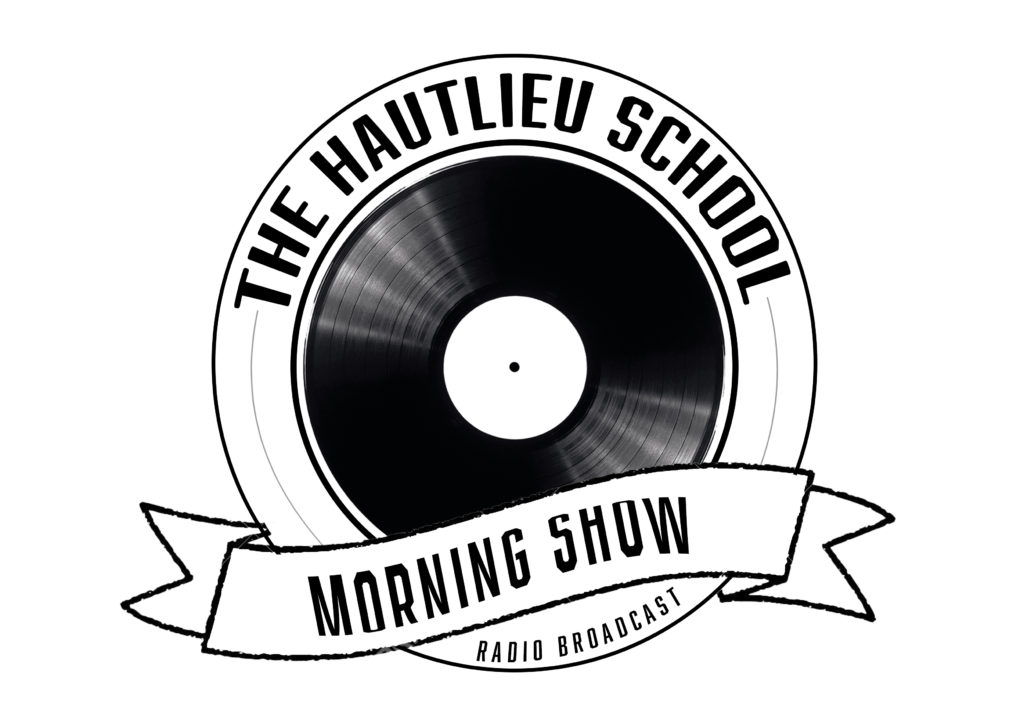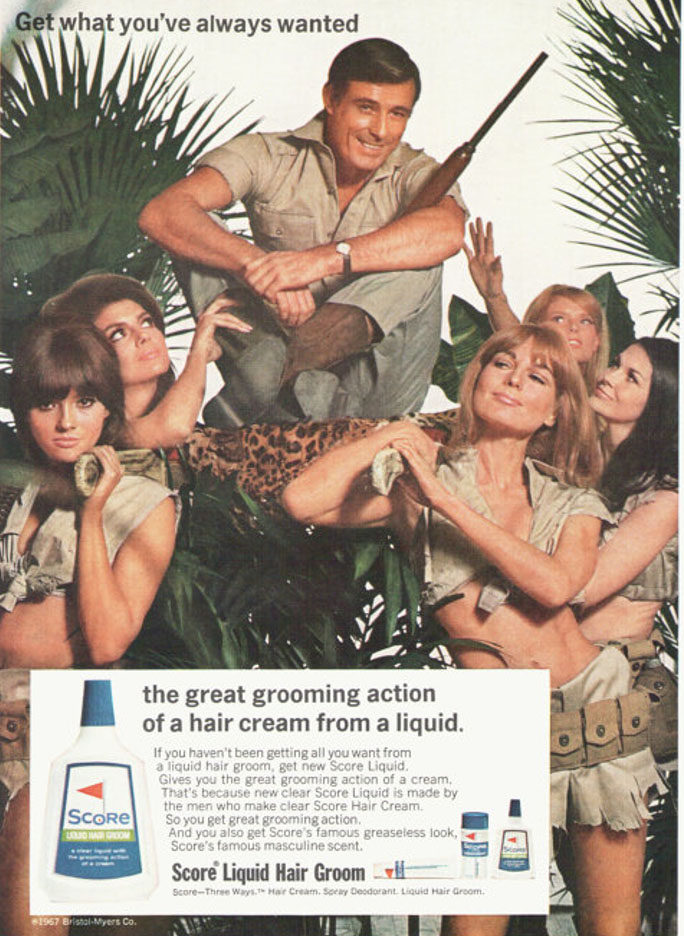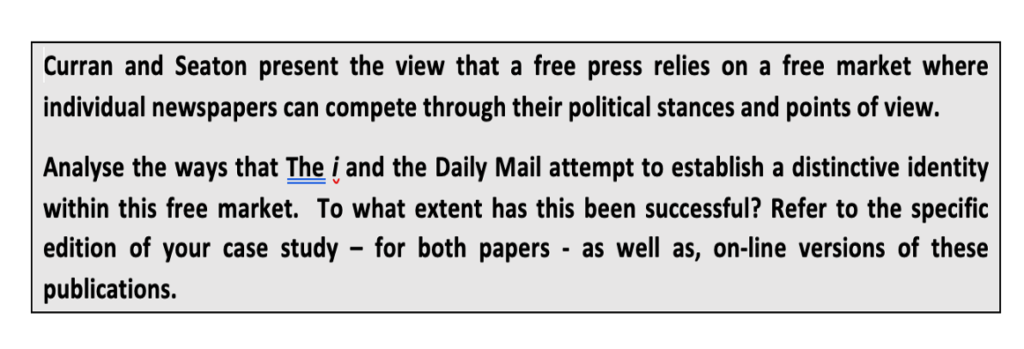



I will title my magazine “Gamerz Alliance’ as I want to make it short and catchy. I thought this would appeal to my target audience of males between 28-30 and new affluent workers, who have a keen interest in gaming and the world of professional gaming industry. I am also aiming to appeal those with an interested in the art and graphics behind gaming and what goes into creating games, by using high quality graphics and a simplistic artist design.
When planning my approach to my magazine and was researching style models I found that the most compelling magazines included a main character in the centre of the magazine. I subsequently decided I will use a games character designed in fuse as the dominate signifier to represent the theme of my games magazine and create to include a high quality character which appeals to audiences interested in graphics and character designs. I have chosen to size my magazine at a width 11cm and a height of 17cm, I decided this as it would fit well into someones bag and would be a big enough size to read comfortably. For my contents page I want to make this clear and simple for readers to be able to refer to it quickly and am going to create a simple clean professional design which fits with the and Target audience of my magazine. When coming up with the design and target market I research popular gaming magazines on market and was inspired by the use of Signifiers in the magazines to make it clear what its about and use of bold headlines.My double page spread will also follow the theme of being sleek and professional and will be an artist feature. Inspired by Magazine titled ‘Art of gaming” I will create a double page spread which explain the process and artist goes through to design her characters. I will include image of her process and her creating her work.
I will also create 3 adverts, one of which will be for a new gamer realise using bold text looking as if it is on fire on a plain background with the logos of the game company include. this will make the advert striking much like the one I was inspired by for ‘doom’ released in 1994 which uses a bold title as anchorage to get readers attention. I will also do this when advertising a gamers tournament using typography skills to create bold interesting titles using graphic design elements like seen in published magazines, I plan to use Glitch text going with the them of computers and gamers.

MEDIA LANGUAGE & MEDIA REPRESENTATION


James Curran and Seaton looked at power and media industries and how conglomerates (a large company which consists of smaller companies) being driven by money and power. The ownership and control over small companies means they have power in multiple industries. The focus on profit means conglomerates will rarely take risks on projects and instead focus on making profit increasing media products. Therefore, the is limited variety of content. A quote by Curran and Seaton to avoid this is ‘Media policy should seek[…] to create the conditions of greatest possible competition, thus enabling consumers to exercise sovereign control. This produces media that people want, a wide range of choice, and media independence from government’ To simplify Curran and setons power and media theory is that that media producers have different rules. For example, if the media producer is paid for by the government it must remain unbiased Liberal Free press, therefore it should be free from interference and political control, as they should be neutral and unbiased.
Another relevant theory is Gramsci’s theory of hegemony. This is linked with the idea of capitalist state and claims that the state rules and has power through force and consent, with society being a realm of force into a dominant ideology. Hegemony refers to the idea that nothing is fixed and things such as culture and identity power can be changed and the media how the power to do so, much like Curran and Seaton who said the large media companies (driven by money) have power in multiple industries.
The I newspaper was introduced in October 2010 and was originally a sister paper to The Independent a considered Liberal newspaper. It was later bought by for £49.6 million by the daily mail and the general trust a newspaper considered to be less liberal with right wing political views. Regardless of their ownership The ‘I’ still has editorial independence meaning the daily mail and general trust don’t influence the contact published by the newspaper with the stories often being presented more factual are what is considered hard news. The conglomerated of the daily mail and the general trust manages a multinational portfolio of companies, giving them horizontal integration (process of a company increasing production of goods or services at the same part of the supply chain) with total revenues of almost £2 billion. The Daily mail was introduced much earlier beginning production in Created on May 4 1896. The magazine is owned by Viscount Rothermere & Family, with lord Rothermere Jonathan Harmsworth being chairman of various newspapers including the daily mail and the general trust (which have ownership of the I newspaper) and has accumulated a net worth of 1.9 billion dollars (august 2017).
A key component to the I newspapers is how it positions itself neutral, this is largely to do with it target audience of fast pace, comminutors of any age and all political views meaning a wide range of readers. The ‘I’ has a readership reach of 221,083, and is a free newspaper, this means that they do not rely on costumers buying their product but instead on advisers to create a profit and keep up production, meaning they are not aiming to reach a niche audience such as right wing positioned audiences allowing the newspaper to include their own views as well as remaining more neutral and giving information for audiences to decode and form opinions on themselves. An example of a story published by the newspaper was headlined ‘reasons to vote Trump’ written by Kate Maltby who lived in the USA in 2009, she talks about various reasons to support trump exposing the positives of his presidency, this is unusual for a left wing newspaper which tend to portray Trump in a negative light. The magazine however also published an article headlining ‘Why Donald Trump falsely declaring victory and claiming voter fraud in his speech has been so widely condemned’ reflecting more negative view on Trump. I think this is a positive thing as explained by Stuarts Halls theory of preferred reading where individuals are not only active in the process of interpretation and the construction of meaning, but they are also able to dismiss and reject dominant messages. The inclusion of article coming from a variety of different political stand points allows audiences to create their own opinions much like a quote from Curran and Seaton “Media policy should seek[…] to create the conditions of greatest possible competition, thus enabling consumers to exercise sovereign control”.
The Daily mail however has a more specific target audience of lower-middle class women are reach a much wider audience of 2.2million. Due to it large readership the newspaper holds a lot of power and openly positions themselves as right wing and in support of the conservative party. The magazine if known for publishing articles on supporting their views. An article recently published headlined ‘Donald trumped?’ on the front page clearly demonstrating their dislike for Trump. By doing reader who perches the magazine likely have a similar view something the newspaper does purposefully to get achieve readers. Curran and Seaton talk about conglomerates being driven by money and power, something the daily mail could be thought to do, by creating story headlines to deliberately incise audiences rather than portraying their personal politically views. However, the newspaper does also present their own view throughout the paper this could be seen as trying to persuade readers to adopt their views meaning free press is not fully achieved.
In conclusion, the political identities which the Newspaper has created may be influenced by the want to persuade reader for certain political gain or to increase profits.
Operant Conditioning – positive reinforcement, rewards and punishment. Create connotations. B.F Skinner
This can be transposed onto the media and how audiences feel coheres into certain matter of behaviour.
‘The fiction of free will’ – deterministic- false idea hate wee have a free will.
social conditioning determines behaviour not free will.
PROPAGANDA AND PERSUASION–
propaganda is overtly political and manipulative whereas persuasion often appears visible at first glance and subsequently revealed as insidious.
STRUCTURE OVER AGENCY
HAROLD LESSWELL
Individually liberty & personal freedom vs behaviour modification-technology has developed new method of behaviour control capable of altering not just an individual’s actions but his very personality and manner of thinking.
THEORIES AND APPROACHES TO AUDIENCE
Hypodermic model (passive corruption)

IN-TERMS OF THE I ARTICLE
The I says that’s the Covid-19 app is being downloaded up at down the country by 43% of smartphone users and that according to celebrity doctor Amir Khan the app can protect patients and health workers.
SHANNON AND WEAVER
PAUL LAZARFELD
USES AND GRATIFICATION


GEORGE GERBNER
LOUIS ALTHUSSER
STUART HALL
CLAY SHIRKY
ZUBOFF

The Key, theorist Judith Butler in question explores ideas of how gender is socially constructed and argues that this is through common speech and nonverbal communication in society that are performative to pre-constructed connotations of gender, and the repetition of this.
Media institutions are the large global corporations, such as broadcasting or film productions companies. They usually in include conglomerates (companies that own large numbers of other companies in various mass media). These conglomerates often use Vertical integration; a strategy where a company owns or controls its suppliers, distributors or retails outlets in order to control the value or supply chain and therefore benefits them financially by allowing them to control the process, reduce costs and improve efficiency. Horizontal integration is all used in media institutions; where companies increase production of their goods or services at the same part of the supply chain through an internal expansion or merge of companies which can lead to a monopoly if a company captures the large majority of the market in which produces that product or service.
In terms of my style model music video “Guys” by The 1975, released on may 13th 2020 as part of their latest album Notes on a conditional form is owned by independent label Dirty hit, owned by Jamie Osbourn and created in 2009 in which the band are part of the creative team. The 1975 is distributed by Polydor records a daughter company of conglomerate Universal Music Group which acquired a 7.1 million revenue in 2018. The video features montage style clips of the all-male band beginning in 2009 at the start of the bands journey, up to 2020 during their world tour and latest album production. To link it to Judith Butlers theory of how we are performative to pre constructed connotations in the media. The video radicalised the stereotypical or pre constructed connotations of straight males being unaffectionate towards their friends, showing the band hugging and including lyrics describing the other band members as “the best thing that ever happened”, something rarely explored in the media. The video and song was released during a more liberal time in terms of gender restrictions and fluidity, which the band clearly wanted to explore and present. Being realised on various new media outlets such as Spotify and YouTube and being owned by an independent label gave the band more freedom to reach their more niche audience; in which they describe as ‘Young, open minded and creative” of a generation widely more liberal. This majorly contrasts to “Men’s health’s” approach representing men. This provided evidence of Judith butlers theory considering a ‘a repetition of an act” meaning something is learnt through repeated action. The magazine is published by Hearst, one of the largest publishers of magazine media across all platforms owning magazines such as, Elle, Maire Claire, Clevver and cosmopolitan with men’s health being one of the world’s largest men’s magazine brand. The magazine example shows Vin Diesel a popular actor in the ‘fast and furious” film franchise; in which is marketed largely towards male. It includes various subheadings describing the contents, all of which surrounds the topic of fitness and body image such as “Blast Body Fat”. From looking at various other issues of the magazine, they all include a physically fit male often shirtless. This reinforces the idea we have pre constructed ideas these men are the example of a healthy man, particularly when taking in consideration the title of the magazine. The repetition of this presented in the media and in ‘men’s health’ leads to the societal norms or dominate ideologies of these men being the pinnacle of health and masculinity which men then strive to be.
Another key theorist which helps us understand the representation of gender in the media is that of Mulvey. Mulvey’s theory draws on pervious works by Lacan who look at identity and when a child first recognised themselves in the media. Mulvey looks at “Visual Pleasure and Narrative Cinema’ and a controlling and subjective gaze in which she names ‘The male gaze’. This is the idea that there is a pleasure in looking, which has been projected onto the female body which is therefor styled accordingly for a profit gain in the media which are subsequently, coded for strong visual and voyeuristic impact. The magazine OH! is produced by independent company iceberg, allowing It to be free of influence from corporate interestsand with the help of new technology’s help them target more niche audiences. Unlike that of ‘Men’s Health’ owned by a large conglomerate Hearst which made a revenue of US$11.4 billion in 2019. Oh! is a female owned magazine which aims to promote the empowerment of women and strays away from sexualising women for the male gaze; catering for their niche audience of unique, creative young women. The magazine exclusively sticks representing females and doesn’t include males in their publications reiterating their feministic attitude and independence of women. An example of the magazine shows a young woman, taken from a low angel with minimal makeup and natural eyebrows; giving her a powerful stance and feel to the magazine representing women in a powerful and positive light. This majorly contrast to that of ‘Men’s Health’ which supports Mulvey’s theory in terms of “visual pleasure” and uses the stereotypically most attractive male body image in their magazine as a marketing tool to reach audiences and profit rather than voice a political position such as feminism like Oh! does, largely due to conglomerates desire in profiting.
An example where “visual pleasure” is prevalent in the media in terms of conglomerates aiming to profit is the scandal involving fox new and Roger Ails. The scandal involved the harassment of women in order for opportunities within fox news to be given to them as well as the rules put in place to show female new anchors in a more sexualised way in order to increase ratings, showing who the female body was objectified to achieve visual pleasure. While “Men’s Health’ focuses on males it still markets of “visual pleasure’ to reach audiences for a profit gain.
The Fourth wave of feminism is a phase of feminism which began around 2012 and focuses on the empowerment of women, using internet tools and is centred on intersectionality (interconnected nature of social categorizations such as race, class, and gender). The rise of the fourth wave of feminism gave OH! a niche audience and a market for their content. This is also very prevalent when understanding the representation of women in Oh! which began publication in 2010, during this wave of feministic thinking. The magazine supports these views and is able to do so through their independent company iceberg, allowing them to focus on embowing women rather than just profiting.
In conclusion, gender is represented very differently depending on the institution which own the print media or music video, largely due to the profit interest of conglomerates with independently owned media outlets gaining more freedom to voice their opinions. To link to the question, Judith Butler’s theory allows us to understand how society’s stereotypes of gender which are repeated in the media lead to or pre constructed understandings regarding gender boundaries, which corporations used in marketing and profiting. However, some media outlets usually independent stray away from this in order to voice their opinions and attempt change dominate ideologies or constructed connotations of gender.
relationship between ownership, control, working practice, politics, representation and identity.
In contrast to Men’s Health magazine, Oh Comely is an independent magazine published by Iceberg Press, a small London publisher which publishes only one other title.
REPRESENTATION- able to create new ones.
An alternative Institutional structure
Media Representations
The magazine main media representations are gender, primarily femininity, it can also reflect how the mens are representated. Therefore can be effectly compared with Men’s Health.
OH COMELY MAGAZINE EXAMPLE AND ANALYSIS

This magazine uses a girly colour pallet, which would mostly attract females, due to the stereotype contraptions with pinks tones as a girly colour and therefore reflex their target audience of women. The magazine also has a large title written in a handwritten style giving the maize a more homely feel and making it have a unique element to its to it again reflecting it target audience of unique, quirky women. The magazine also writes the title of the issue as the second biggest font (after the magazine title)enacting as an anchor to grab audiences attention.
KEY THEORISTS